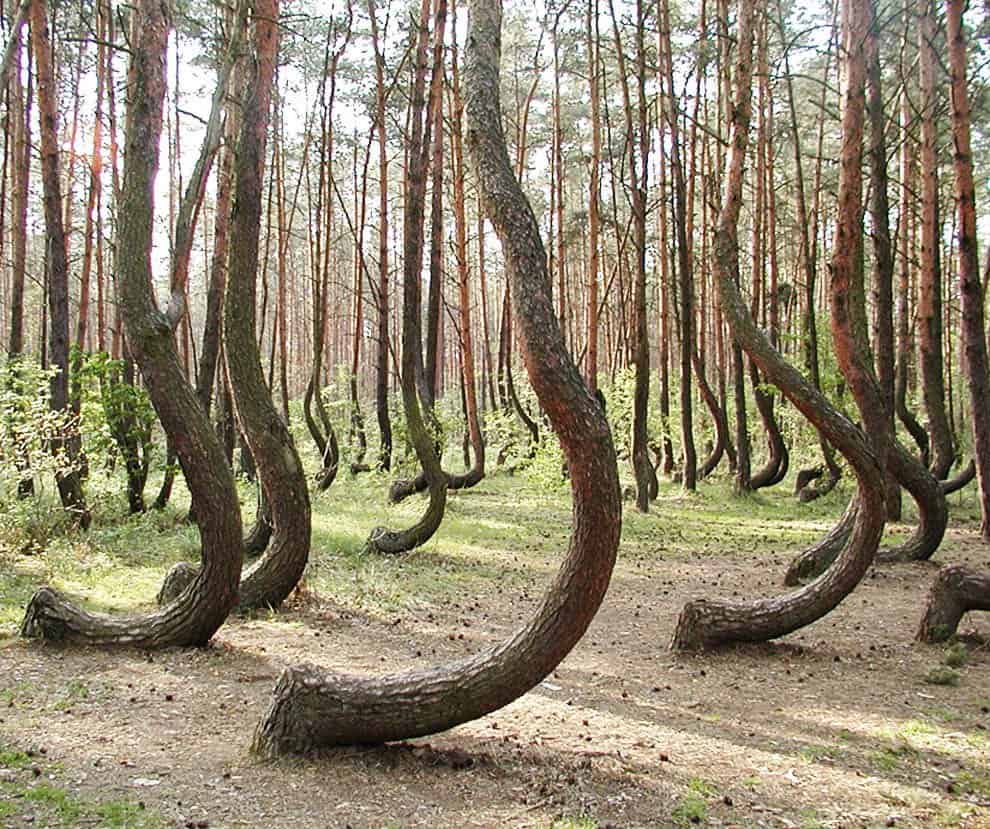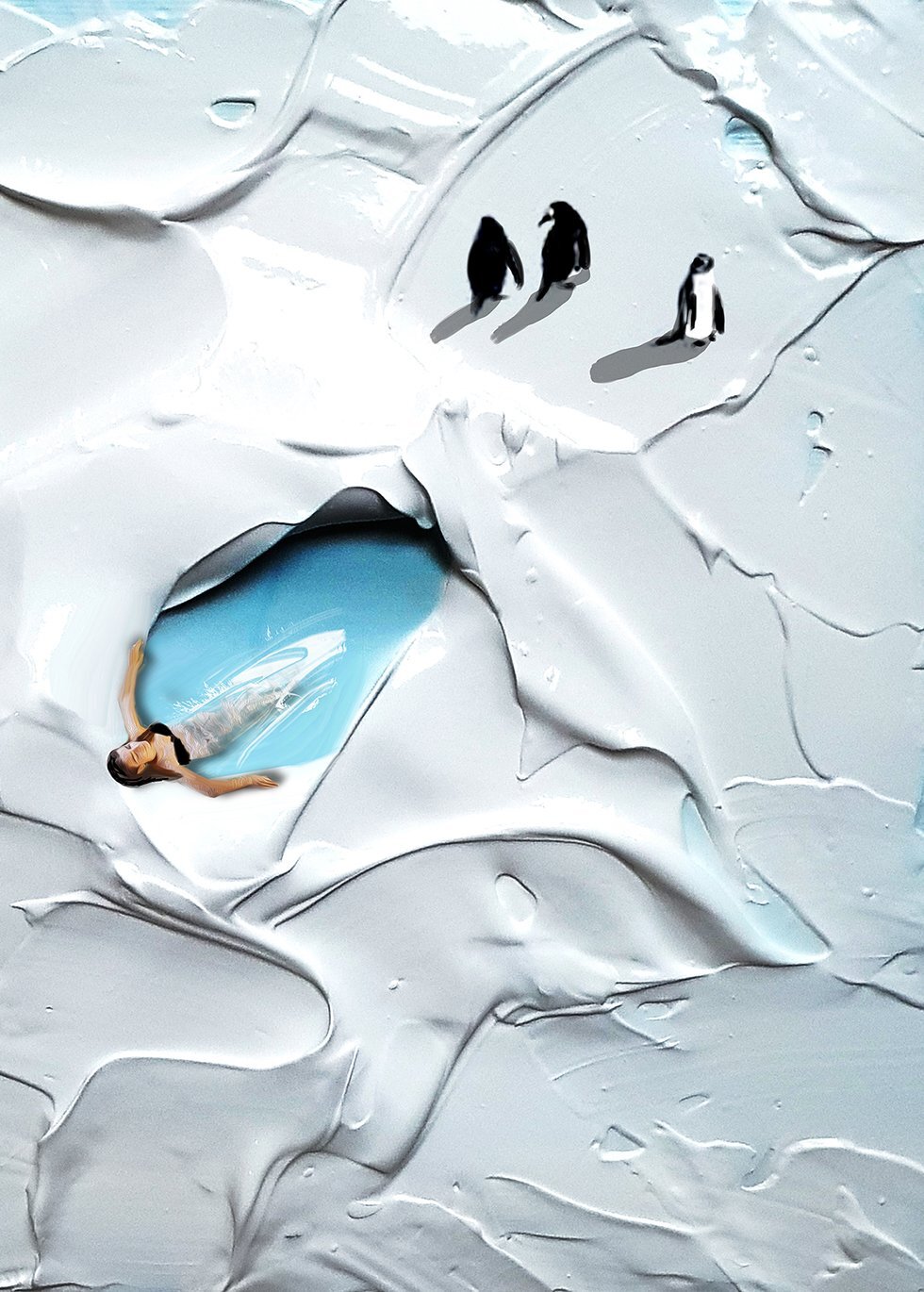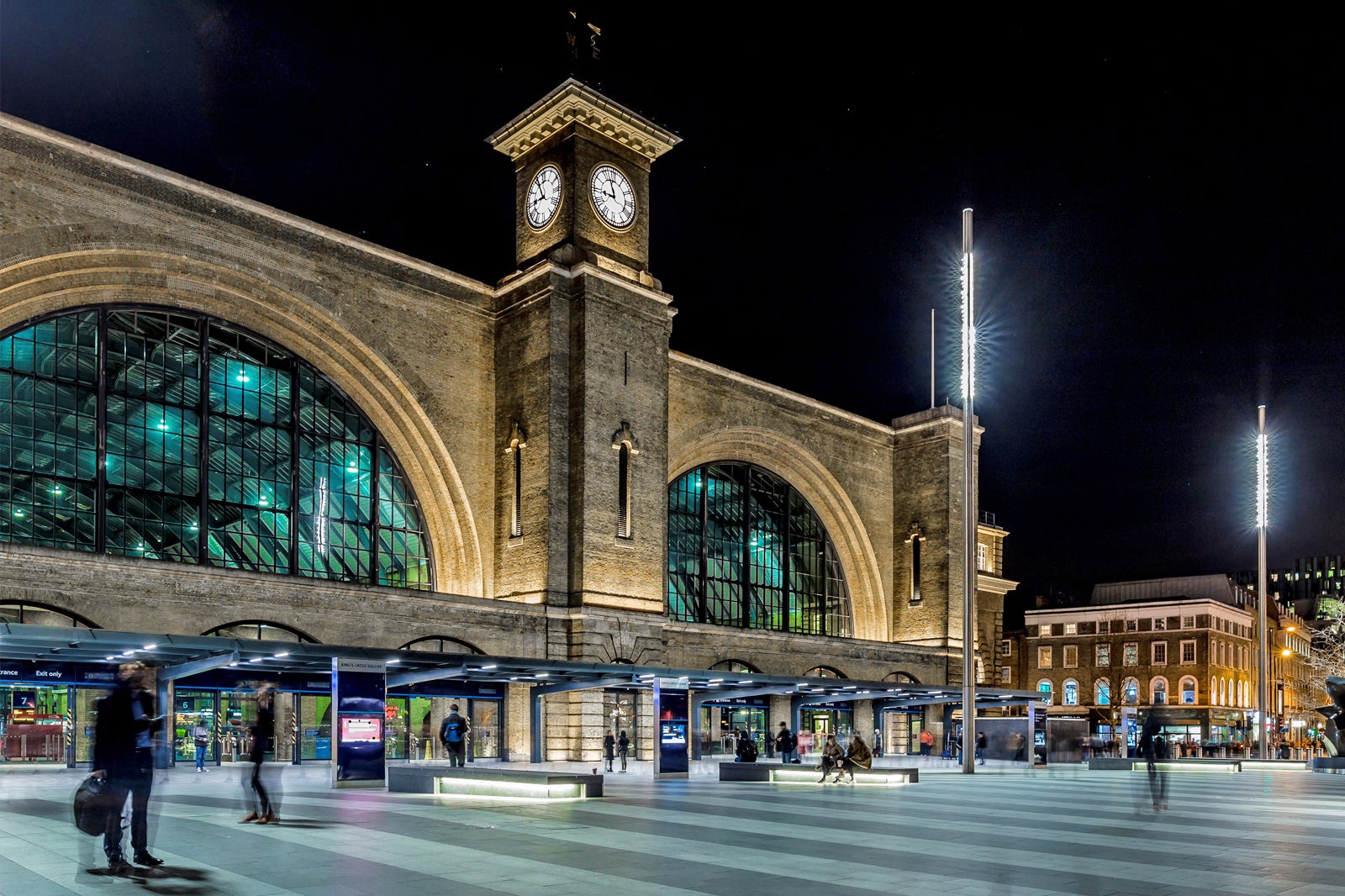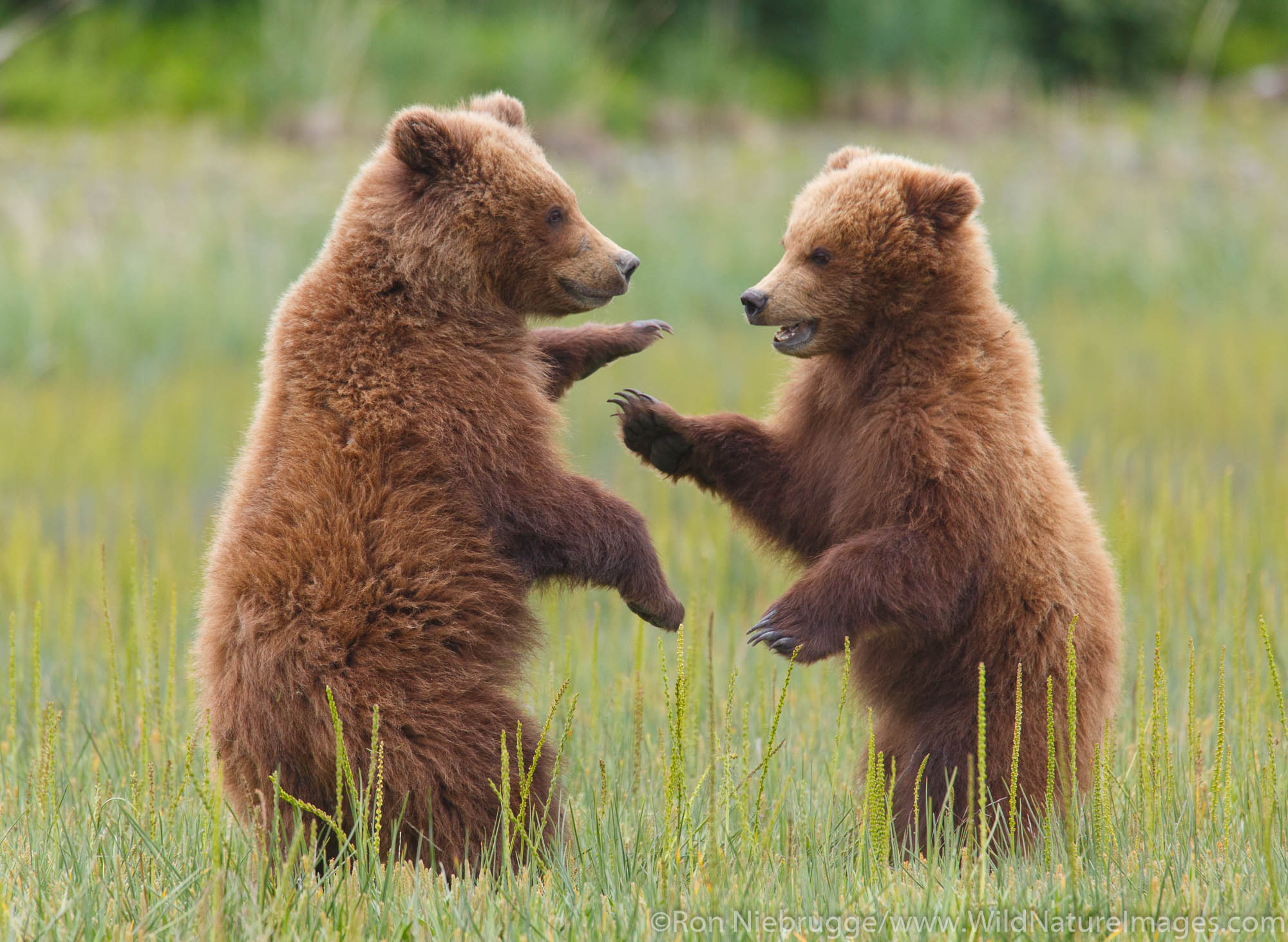WEEK ONE
Currents trends of VFX:
Real-time technology, LED volumes, virtual production, facial recognition, volumetric capture, technical collaborations are examples of the most common current trends in the VFX. This makes the VFX industry rapidly expand so globalisation, outsourcing, collaboration and remote workflows are used widely and steadily in VFX. AI seems to be taking over every aspect of VFX creating new efficiencies and creative possibilities.
- Anime using CGI – failure frame
- Real rendering
- De-aging (captain marvel)
- Surrealism (horror) (dreams)
- Deep fakes – seen in film Book of Boba fet
Today we are in the ‘Age of Image’. James Fox states:
“We are a population of image addicts, we now take more photographs every minute than were made in the entire 19th century” (Fox, 2020)
Taking pictures is easily accessible so people take pictures during their everyday routine of their everyday life. As social media gives everyone a platform, everyone wants to share their life. Instead of only relying on Google Images to find pictures, a platform that can be considered generic and has a lack of meaning, pictures taken by oneself or perhaps of oneself has a personal story behind it and therefore added value/worth.


.jpg?mode=max)
HAROLD EDGERTON WORK SEEN IN TODAYS FILMS
The matrix

Sherlock Holmes – 2010


Dredd – 2012

Homework – What do think Dr James Fox means by his phrase ‘The Age of the Image’
We can understand what James Fox means by his phrase ‘The Age of Image’ when focusing in the series of questions he asked in the beginning of his documentary. ‘Why do images give us such pleasure? How do we make sense of them (images)? Where do they get their power? Can we trust them (images)?’
Firstly, we can try to understand how the Age of Image came through to understand these questions. The capture of motion first came about with Paul Cezanne’s still life: A supposed attempt of a camera or video shot on paper.
In the 1890’s, Thomas Edison also attempted to capture motion in still pictures; this was where the very start of the elevation towards ‘The Age of Image’. Edison and his assistant’s finished product captured motion through a series of images being shown through a celluloid film, moving fast through gears of a clock. After this innovation, cinema and photography started to ‘spread like wildfire’.
This expansion of images was named by some as the ‘7th art’ seen as the unification of ‘space and time’. Breakthroughs took forward in the industry.
Kodak released the point and shoot camera: The Brownie – cost was a dollar. It took simple brownish pictures and as it was so cheap, everyone could buy it and use it. This ultimately lead to the millions of flicks taken everyday and to this day.
Jacques Henri Lartigue was given his first camera at the age of seven. His pictures were what really captures the unique moments of everyday life. Plastered onto an image to remain their permanently. Lartigue even took a ‘self-portrait’ or selfie of himslef in the bath. This brought about the idea of including oneself in places/activities which would add value and personalisation to them. This can answer the question of ‘why do they (images) give us such pleasure.’ Lartigue’s concept of image is heavily embedded into today. Making memories nowadays does not come without taking pictures. People save their best outfits for the day they will go out and take pictures; people will dress up in their best outfits just to take pictures. So to answer the question ‘can we trust them (images)’, is that maybe not as they manipulate moneys of time to intensify, glamourise and influence the lookers. However that is where images get their power and something that highlights the imagination of the photographer.
Pethaps ‘the Age of Image’ means the age where all societies communities and people rely on pictures for all their needs. Pictures of ID, documentations, evidence in court, weddings, normal days out, self-expression. As the documentary showed, people looking through their cameras instead of their eyes in the museum, the lens comes first and the eye comes later.
WEEK TWO
In what ways can Plato’s Allegory of the Cave reflected or represented through storytelling and visual effects in cinema?
Plato’s allegory of the cave, from his work “The Republic,” is a philosophical concept that explores the nature of reality, perception, and knowledge.
It’s a story about prisoners in a cave who mistake shadows on the wall for reality until one of them is freed and sees the outside world, representing the journey from ignorance to enlightenment.
- Video Games and Virtual Reality
The concept of the game is that you’re running away from a beast. The gamer will play the game with the dedication of saving themselves from the beast and getting as much goodies as they can. This is a made up concept of survival/ fight or flight.
- Compositing (also faking / manipulating photography)

Semiotics: the cool colours against the dark shade of coffee; the clean cut and background; the light shadows, the glisten in the rim of the glass and the shape of the glass. This all glamourises a simple image of coffee and makes people believe that if they buy this coffee, they’d have the same lifestyle.
- Simulation – so 3D models / animations and procedural effects
Will Smith: a well-known American actor. This image is a fake model of him yet all that is associated with him will be remembered when looking at this model. Many people will look at this image and think that is actually him. If there are any fake videos or pictures of him participating in something, many people will think that it is actually him. This is a very dramatic effect of hyperreality as an actual memory of someone is created through 3D art.
Images that look like reality:

Shameless US – the sets look like an actual lived-in house. The attention to detail, for example the pics on the wall, the laundry and furniture makes it look like reality.

Tracy Beaker Returns: a show of a care-home. Many people who watched this show as children thought this was a very accurate depiction of a children’s home. Mind-manipulation of an institution the majority of children would not know of.

Tiktok filter

Luxury Watch advert
Reality that looks like images:

Apparently it’s within an actual forest. With reality that looks like images, it is down to the photographer to find and capture extraordinary places and moments.

Artist paints car. With the correct angle and lighting, the pic seems fake. This may not have looked as trippy in the lens of an eye but the lens if a camera can capture the exact moment of the illusion of the car. The car was painted and the background was chosen with the intention of how it will look on camera.
SFX makeup look. The makeup is a mix of real and unreal concepts. The concept that cards can cut into your face like that is false, however the blood looks realistic; her expressions don’t look realistic and while there is gore there is also beauty. Many may look at this image and think that the image is made with VFX but it is an actual of image of a fake look.
Below, I have chosen some pictures that show how the photographic truth-claim has lost its meain
- As an extra, you may also wish to add a reflective sentence or two on how visual effects uses the original photographic (or film) image. Where it is used and in what technical/software processes: Do these VFX processes somehow alter or make use the ‘truth’ of the image?
VFX-heavy images and how visual effects challenge the photographic truth claim:

Aesthetic pictures looking like a real-life capturing moment. In reality, both the rainbow and the flower is fake.

Photographs that also enhance memories with imagination.

‘Cozy’ moment that in real-life is probably tiresome as an aesthetic in real-life.

Compositing picture to look as if it’s been captures in real-life.

Fake animals

Creates a built-up perspective.

Scenery created for camera lens and not eye lens.
WEEK THREE





Fake digital photographs:










Fake Documentary Shots:
:max_bytes(150000):strip_icc():focal(999x0:1001x2)/138425365-2000-f637136f7b89467abc6325a326e01fc7.jpg)

HW WEEK THREE
“Fakes or Composites?”

From the film, Life of Pi. The onset pool has been expanded through VFX to make it look like an ocean. The cloudy, daylight background has been inserted, leading to an increase in exposure, saturation and brightness. The tiger has been inserted individually and has likely been filmed in its natural habitat. It’s features have probably been enhanced, for example the fur may have added texture on it so it can look the way it would look in the sunlight. A beam of sunlight has been added to the ocean to create the effect of a natural reflection of sunlight on the ripples of the ocean. This makes the entire shot look convincing as all individual assets of the shot have been filtered and edited to create cohesion. The tiger has been placed far from Pi and the shot is from a far diagonal angle in to perhaps avoid awkwardness in the shot. If the two characters are close to each other, the tiger may look very apparently fake and it would be harder to create natural shadows and movement. Having the tiger up-close and Pi far behind makes the composition more realistic; having the two of them side by side at a straight forward angle would mean the tiger’s size will have to be more manipulated.

From the film, Deadly Honeymoon. On a beach, yet they still faked the beach setting; it’s easier to manipulate scenes than find the correct background, props and atmosphere for an image that is coming out of the director’s imagination. Importing a background to make the set (probably a stand or stilts) to look like an actual boat. Ripples have been added to the water to make it look as if the boat is racing through water. The sky looks cloudier and lighter, with clouds added through the green screen and merged into the actual footage of the sky.
Week Four
 The whole image is really clear, saturated and detailed. Therefore it lacks some realism as it doesn’t show the raw way motion is captured, nor does it show the true way colours reflect on surfaces: muddier, more splurged and at softer angles.
The whole image is really clear, saturated and detailed. Therefore it lacks some realism as it doesn’t show the raw way motion is captured, nor does it show the true way colours reflect on surfaces: muddier, more splurged and at softer angles.




 Definition of Photorealism:
Definition of Photorealism:
Through my exploration of the concept of Photorealism, it’s apparent that photorealism marks the way a picture has been presented; the way a moment revolves around a camera and how raw the footage is. Photorealism indicates on the truthfulness of a picture, whether the picture is representing a moment of time or a moment that has been curated and presented from and for a digital imagination.
To make a judgment of the photorealism of an image, one must consider the manipulation of factors such as the depth-of-field, motion blur, the diffusion and exposure of the lens etc.
![]()
Above is a composite shot. This could have been easily edited on photoshop or a simple editing platform. The outward frame of the picture has been blurred to keep the focus on the man reading. A book, supposedly the size of a real-life small shed has been placed on top. The initial shot could have been the man laying down on a normal field with his book in his hand. Enlarged shots of the grass can then be blended with the image of the ground to make it look like the man is miniature against the grass. A shot has of a book upside down has been taken, the book has been snipped out and placed into this shot. Perhaps the grass has also been blurred to make the unreal sizing appear more natural and the fake composition of the picture less apparent, therefore the picture grades itself higher for photorealism. The picture itself is far from an accurate depiction of real-life but it evokes a comfortable and recognisable feeling; The symbolic codes of the picture; such as the open grass; the positioning of the man laying cozily under the book; the tilt of the man endorsed in the book; the soft blend and blur of the green, gives of very dreamy, calming vibes. It will probably touch the feelings of the viewers experiences of laying in a field, continuously reading, finding a cozy spot and the viewer can put all of these feelings into one when seeing this unrealistic and unreachable version of reality.
Week 7: Reality Capture (Photogrammetry) and VFX
Photogrammetry is the science behind obtaining information, measuring and interpreting photographs, scanning objects and environments. Within visual effects, photogrammetry is for the purpose of creating mega scans and 3D models.
Digitilising the world for a virtual reality:
Scanning images for the purpose of visual effects have become very easy and accessible. This is because of the software and applications available to us such as Quixel.

Where does this scanning trend come from?
Scanning has made it easier for the film industry to create sets and digital doubles. It saves money and time when creating sets virtually withy scans of various objects and environments; using digital doubles can help when animating moves/stunts and that are difficult and less demanding for actors to do. Therefore scanning has quickly seeped into many industries like architecture, engineering, film etc.
The Digital Michelangelo Project:

This project involved creating a system for digitalising the shape and colour of large fragile objects under lab conditions. This enables the look and shape of any object to be remain permanently. It seems that scanning has created immortality for the real world through the virtual world. The process and extent of documentation has been taken to a far deeper level and has changed the use and value for digitalisation over practical artwork forever. Making sculptures are far less significant because of the use of 3D printing.
WEEK EIGHT
Simulation in VFX refers to the process of creating models and animations that mimic real-world physical phenomena. These simulations are used to create realistic visual effects for movies, games, advertisements, and other media. The main goal is to replicate real-world dynamics, such as fluids, smoke, fire, cloth, destruction, crowds, and other environmental or organic movements.
“Reality is fast being transformed into an image” James Fox, reflects how digital culture is reshaping our perception of the world. It suggests that our understanding and experience of reality are cultivated by visual representations and likewise simulations.
In architecture, virtual tours, and digital twins of cities, a digital parallel world has been created. Films and television shows have long been influential in shaping how we imagine the world. Now, the line between real and imagined is constantly tested. The digital construction we see on screen can often feel just as real as our physical environment.
- Hyper-Realism: Modern VFX techniques have allowed artists to create images that are so detailed and visually rich that they sometimes surpass the actual experience of the real world. This creates an “alternate reality” that is visually more captivating than our everyday surroundings, as seen in video games, animated films, and CGI-heavy movies
Images precede Reality:
Philosophers like Jean Baudrillard have explored how digital technologies and media representations are increasingly shaping our perceptions of the world. In Baudrillard’s view, signs and symbols no longer just represent reality—they become reality.
With CGI and VFX playing a central role in creating visual content, audiences are increasingly accustomed to seeing highly polished, digital representations of reality. This has implications for everything from news media (where deepfakes and manipulated imagery can alter public perception) to personal identity (where avatars and filters create digital personas that sometimes seem more compelling than real-life appearances).
This relates back and helps us understand the statement, “Reality is fast being transformed into an image”.
Hyperreality Journal


In His Dark Materials, I experienced the feeling of hyperreality as the themes of parallel universes, identity, and the manipulation of truth was heavy in the book and series. Characters’ daemons: physical manifestations of their souls can make someone ponder over the existence of their own life and universe when viewing something so similar yet different. The multiverse itself is a collection of constructed realities, each with its own truth. The Magisterium enforces a simulated version of reality, controlling knowledge about Dust: a substance that links consciousness and spirituality.

Philosophical and Cultural Implications:
- Impact on Identity: As images become more central to how we perceive ourselves and others, questions about identity arise. If our self-image is increasingly shaped by social media profiles, carefully crafted photographs, and digital avatars, does it change the way we perceive our world forever? Are we losing touch with our true selves?
- The Illusion of Control: In a world dominated by images, there is a growing illusion that we can control our reality through our representations of it. Through social media posts, influencer culture, we can edit and curate how we and appear.









